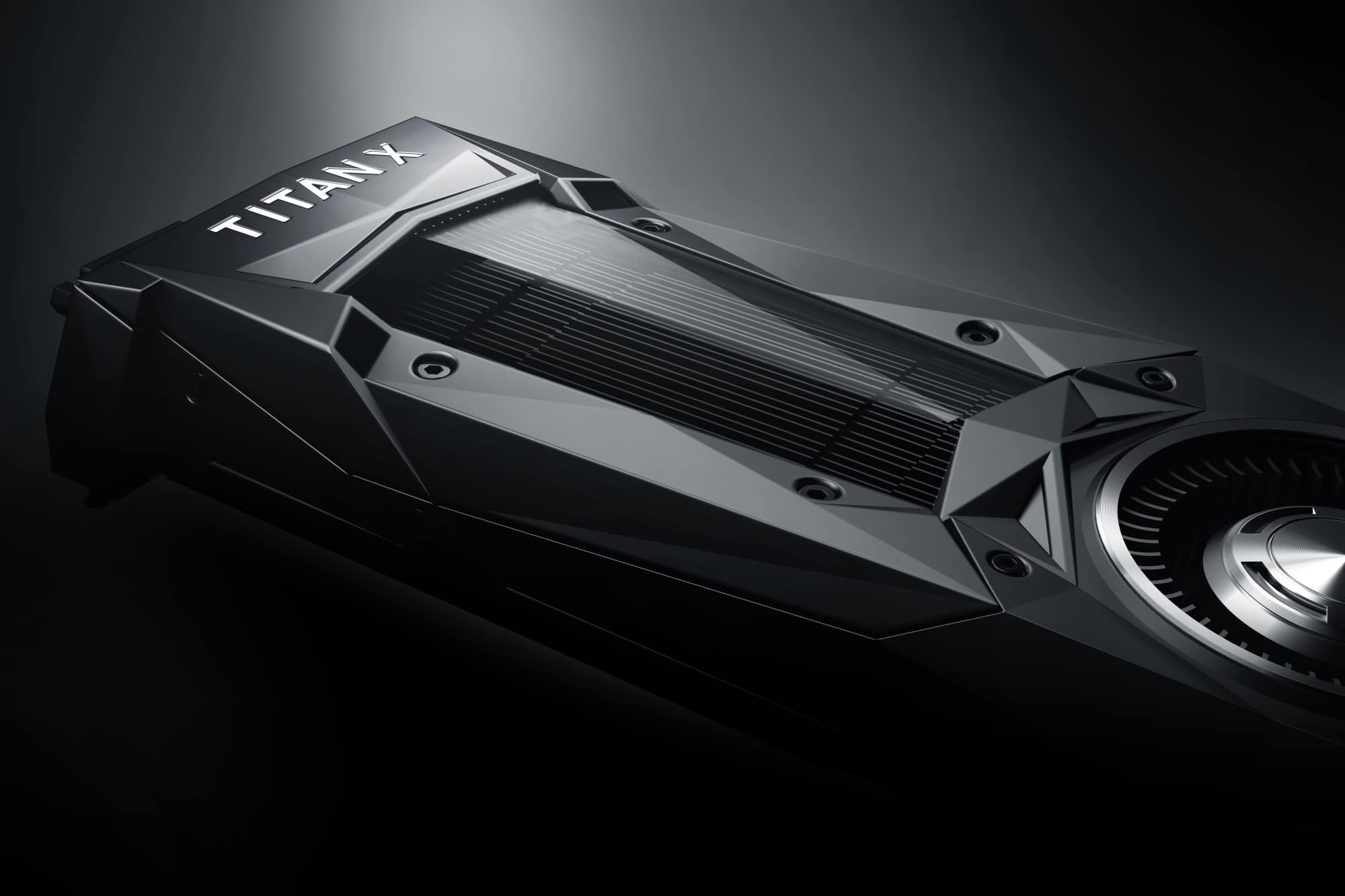Best coin to mine with low end gpu
Ravencoin (RVN): Ideal for low-end GPUs due to its low power consumption and fast block times. With efficient mining software like TRex Miner, it offers decent profitability even on modest cards.
Other potential options for low-end GPU mining include:
- Beam (BEAM): Privacy-focused coin with low hashing difficulty, making it accessible for low-end GPUs.
- Horizen (ZEN): Hybrid coin with both public and private transactions, suitable for GPUs with limited memory capacity.
- Dogecoin (DOGE): Popular meme coin with a large and active community, providing stability and potential for profit.
Best Coin to Mine with Low End GPU

Ravencoin (RVN)
Ravencoin is a proof-of-work cryptocurrency designed for efficient mining on low-end GPUs. Its low power consumption and optimized mining algorithm make it an excellent choice for low-end mining rigs.
Other coins to consider for low-end mining include Monero (XMR), Zcash (ZEC), Grin (GRIN), and Ergo (ERG).
For insights on emerging crypto projects, check out the top crypto presales to invest in 2025: https://techpoint.africa/2025/01/29/6-best-crypto-presales-to-buy-now-invest-in-these-presale-crypto-coins-in-2025/
Factors Affecting Coin Selection for Low-End GPUs
When choosing a suitable coin, consider these factors:
- Hash rate: Select coins with low hash rates to maximize profitability on low-end GPUs.
- Algorithm: Opt for coins using algorithms (e.g., Ethash) that are optimized for low-end GPUs.
- Profitability: Calculate the profitability of each coin using mining calculators to ensure a profitable return.
- Market liquidity: Choose coins with good liquidity to ensure easy trading and minimizing price volatility.
- Future potential: Research the coin’s team, roadmap, and adoption to assess its long-term growth prospects.
Identifying the Most Profitable Coins
Start by researching the profitability of various coins using reliable mining calculators like WhatToMine. Consider factors like their block reward, network difficulty, power consumption, and current market prices. Target coins with low difficulty and high profitability ratios.
Setting Up Your Mining Rig
To set up your mining rig, begin by selecting a motherboard that accommodates multiple graphics cards. Install your low-end GPU and ensure the power supply provides sufficient wattage.
Use a riser card to connect additional GPUs, then attach them to the motherboard. Configure your BIOS settings to enable mining mode and adjust fan speeds for optimal cooling.
Next, install a mining software such as CGMiner or Ethminer. Configure the software with your wallet address and pool information. Finally, power on your rig and monitor its performance using software like HWMonitor.
Monitoring and Adjusting Mining Settings
For optimal mining performance, monitoring and adjusting your mining settings is crucial.
Use software like NiceHash Miner or MSI Afterburner to monitor GPU temperature, fan speed, power consumption, and hashrate.
Tweak settings to balance performance and longevity. Lower clock speeds can reduce heat and prolong GPU life, while higher power limits can increase hashrate.
Monitor GPU temperatures closely and adjust settings to keep them below 80°C for long-term reliability.
Troubleshooting Common Issues
Not getting enough hashrate? Check your GPU’s driver and BIOS settings. Ensure they’re optimized for mining and the latest versions are installed.
Overheating GPU? Adjust your GPU cooling settings or consider undervolting. Overclocking too aggressively can lead to excessive heat.
PC crashing? Ensure your PSU is powerful enough to handle the mining rig’s power consumption. Check RAM stability using a diagnostic tool like MemTest.
Miner not running? Make sure the correct miner is installed and configured for your GPU and coin. Check that antivirus software isn’t blocking the miner’s execution.
Low profitability? Consider using a different mining pool or switching to a more profitable coin. Monitor mining difficulty and adjust your strategy accordingly.
Optimizing Profitability
To maximize earnings, consider:
| Factor | Recommendation |
|---|---|
| GPU Temperature: | Keep it below 75°C to maintain performance and extend lifespan. |
| Overclocking: | Safely adjust settings to increase hash rate; monitor temperatures. |
| Undervolting: | Reduce voltage to lower power consumption while maintaining hash rate. |
| Mining Software: | Use optimized software (e.g., T-Rex, NBMiner) to maximize efficiency. |
| Pool Selection: | Join a stable pool with low fees and high reliability. |
| Coin Choice: | Research and select coins that are profitable and compatible with your GPU. |
| Electricity Costs: | Consider your electricity rates and the power consumption of your mining setup. |
Q&A
What is the best low-end GPU for mining cryptocurrency?
The best low-end GPU for mining cryptocurrency depends on your budget and specific needs. Some popular options include the Nvidia GeForce GTX 1660 Super, AMD Radeon RX 580, and the Nvidia GeForce GTX 1060. These GPUs offer a good balance of performance and power consumption, making them suitable for mining entry-level cryptocurrencies like Ethereum and Ravencoin.
Which cryptocurrency is the most profitable to mine with a low-end GPU?
The most profitable cryptocurrency to mine with a low-end GPU varies over time as market conditions change. However, some cryptocurrencies that are generally profitable for low-end GPUs to mine include Ravencoin, Grin, and Ergo. These cryptocurrencies are designed to be relatively easy to mine, even with less powerful hardware.
Can I make a lot of money mining cryptocurrency with a low-end GPU?
The amount of money you can make mining cryptocurrency with a low-end GPU depends on a number of factors, including the price of the cryptocurrency, the hashrate of your GPU, and the difficulty of the mining network. In general, you can expect to earn a small amount of money mining cryptocurrency with a low-end GPU, but it is unlikely that you will make a lot of money.
